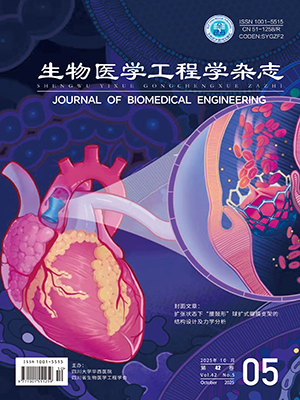Existing near-infrared non-invasive blood glucose detection modelings mostly detect multi-spectral signals with different wavelength, which is not conducive to the popularization of non-invasive glucose meter at home and does not consider the physiological glucose dynamics of individuals. In order to solve these problems, this study presented a non-invasive blood glucose detection model combining particle swarm optimization (PSO) and artificial neural network (ANN) by using the 1 550 nm near-infrared absorbance as the independent variable and the concentration of blood glucose as the dependent variable, named as PSO-2ANN. The PSO-2ANN model was based on two sub-modules of neural networks with certain structures and arguments, and was built up after optimizing the weight coefficients of the two networks by particle swarm optimization. The results of 10 volunteers were predicted by PSO-2ANN. It was indicated that the relative error of 9 volunteers was less than 20%; 98.28% of the predictions of blood glucose by PSO-2ANN were distributed in the regions A and B of Clarke error grid, which confirmed that PSO-2ANN could offer higher prediction accuracy and better robustness by comparison with ANN. Additionally, even the physiological glucose dynamics of individuals may be different due to the influence of environment, temper, mental state and so on, PSO-2ANN can correct this difference only by adjusting one argument. The PSO-2ANN model provided us a new prospect to overcome individual differences in blood glucose prediction.
Citation: DAI Juan, JI Zhong, DU Yubao. The research of near-infrared blood glucose measurement using particle swarm optimization and artificial neural network. Journal of Biomedical Engineering, 2017, 34(5): 713-720. doi: 10.7507/1001-5515.201611010 Copy
Copyright © the editorial department of Journal of Biomedical Engineering of West China Medical Publisher. All rights reserved




